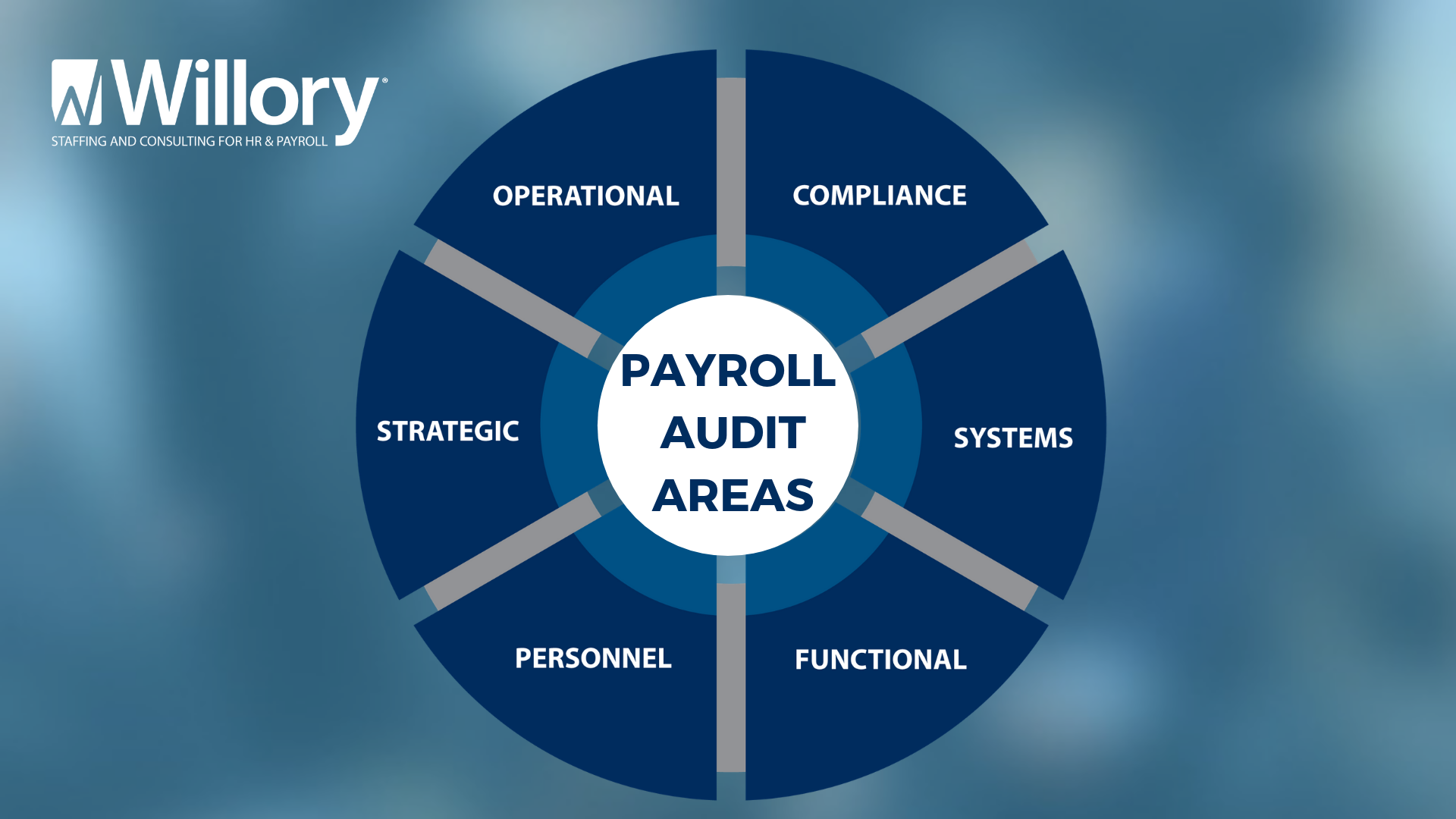Remember two years ago when everyone in HR, the government, and organizational leadership was up in arms about the changes to overtime rules and the punishments the Department of Labor (DOL) could dole out? Then with the changing of presidents the proposed changes to thresholds and testing requirements never happened.
And everyone moved on and forgot about how important it is to pay attention to regulations that are in place about employee overtime.
Well not everyone.
 Those of us in HR and payroll never really forget about compliance and employee overtime. Sometimes, we simply chose to focus on other things like reducing payroll errors and ensuring our I-9s are correct. Both of these activities are incredibly important and provide immense value to your organizations.
Those of us in HR and payroll never really forget about compliance and employee overtime. Sometimes, we simply chose to focus on other things like reducing payroll errors and ensuring our I-9s are correct. Both of these activities are incredibly important and provide immense value to your organizations.
With that in mind, we can’t forget about the importance of auditing our policies and procedures, while understanding the government’s incentives to self-report violations. By self-reporting violations, you potentially save your organization litigation and fines from the Department of Labor (DOL).
PAID Program
Launched a year ago today, the DOL’s “PAID” or “Payroll Audit Independent Determination” program encourages organizations to conduct audits, self-report violations and work in good faith to correct the mistakes, including providing 100% of the back wages to affected employees.
To participate in PAID, companies must be:
- Covered by the FLSA
- Interested in proactively resolving potential minimum wage and/or overtime claims under the FLSA, and
- Willing to commit to future compliance under the FLSA.
Ramifications of Self-Reporting
For employers, this means avoiding costly penalties, liquidated damages, and court costs for those who are proactive about addressing their issues. As for the reverse, this program helps employees by helping them to avoid the court battle to get the wages owed to them.
Last year, an Arkansas tire company resolved their FLSA overtime requirement violations by paying over $96,500 of back pay to over 200 employees. The organization was found to have been violating the FLSA overtime requirements by not including certain sales commissions and production bonuses when calculating overtime rates. The company also was found in violation of the Family Medical Leave Act (FMLA) by not providing the appropriate notices to its employees. Little Rock’s Wage and Hour Division District Director Hanz Grünauer said in a supplied statement, “this is a good example of how seemingly small mistakes in payroll can add up quickly and violate the FLSA.”
While the sum the company paid to its employees in back wages might seem high, imagine how much more they would have spent had they let the violations continue.
You can also check out some testimonials the DOL has put together on behalf of the program on their website.
Participating in PAID
Organizations looking to participate in the PAID program must conduct a pay audit in order to spot actions that are non-compliant. Should problems be found, the DOL states employers need to:
- Identify the potential violations
- Identify which employees were affected
- Identify the time frames in which employee was affected, and
- Calculate the back wages the employer believes are owed to each employee.
Once these steps are completed, the organization should conduct the DOL to determine the appropriate next steps. The employer will need to supply information, including back wage calculations with supporting evidence and methodology, an explanation of the scope of the violations, a certification that it has read up on all the program’s information, terms and compliance assistance materials and another certification that the employer is eligible for the program. If the employer owes back wages, back pay must be provided by the end of the next full pay period after the DOL gives it a summary of unpaid wages.
Conducting a Payroll Audit
 Contacting the DOL can be frightening, even when doing it in good faith. So why not have a partner who expertly understands payroll compliance and how to conduct a payroll audit on your side?
Contacting the DOL can be frightening, even when doing it in good faith. So why not have a partner who expertly understands payroll compliance and how to conduct a payroll audit on your side?
Our defined and proprietary approach to conducting a payroll audit is customized for each of our clients, but typically we review the company’s operational, compliance, systems, functional, personnel, strategic, and operational areas of payroll. Our process to conduct a payroll audit is:
- Defining the scope to document what is to be included
- Evaluating and examining the procedures and processes
- Assessing the risks and analyze/compare benchmarks
- Identifying gaps and priorities
- Developing metrics and the impacts of enhancements and changes
- Communicating what changes are needed and the results of the payroll audit.
A payroll audit involves devoting appropriate resources to take an intensive and objective look at your organization’s policies, practices, procedures and strategies as they relate to payroll. Essentially it is a tool to help assess the effectiveness of the payroll functions of an organization.
The most common issues we uncover when conducting a payroll audit include:
- Coefficient Overtime Calculations – when hourly, non-exempt employees are on an incentive/commission/bonus program and the earnings under the program should be included in the calculation of their overtime rate
- Gift Cards – improper, or usually no, taxation of gift cards to employees
- Payroll Deduction – mishandling and unauthorized payroll deductions from both exempt and non-exempt employees
- Local and State Tax Withholding Errors – this may not result in fines from the DOL but could cause issues with state and local tax agencies for the employer and employee.
Results of a Payroll Audit
By conducting a payroll audit, organizations can identify areas of risk and strengthen their financial controls. More than that the results of a payroll audit are:
- Better alignment of payroll practices to business goals
- Identification of contributions payroll makes to the organization – how many times do we hear “you pay people…how hard is that?”
- Improve the professional image of the department
- Encourages greater responsibility and professionalism
- Provides uniformity of policies and procedures
- Provide the ability to self-report any issues to the DOL, avoiding costly legal fees and penalties.
Are you ready to assess your organization’s compliance from a payroll perspective? Not auditing your payroll department could mean leaving your organization open to litigation, violations, and costly fees. If you’re considering conducting a payroll audit, let me know! I’d be happy to discuss the process, pricing, and how to remedy any issues we uncover.
{{cta(‘7581fa7e-d122-4cf6-966a-5940e9d7bae5’)}}
Recently Posted
Tag Cloud
Office

OH 44210
Connected:
Quick Links
For Employers
For Candidates
Your Source For HR & Payroll News
- Privacy Policy
- Terms & Conditions
- Site Map



